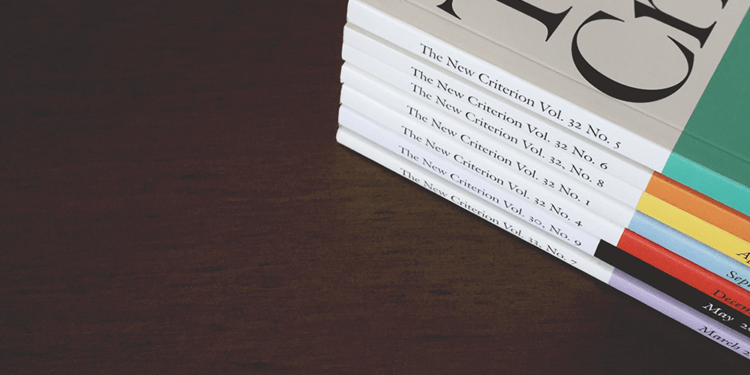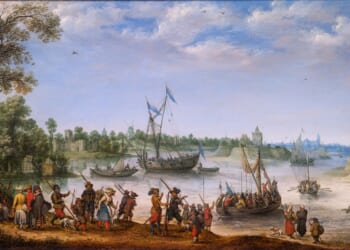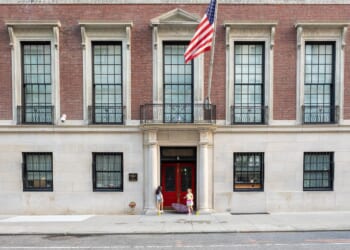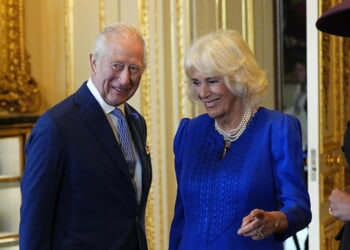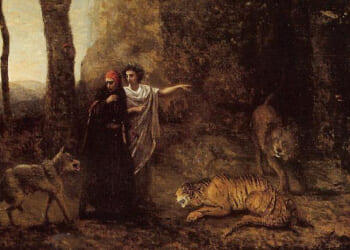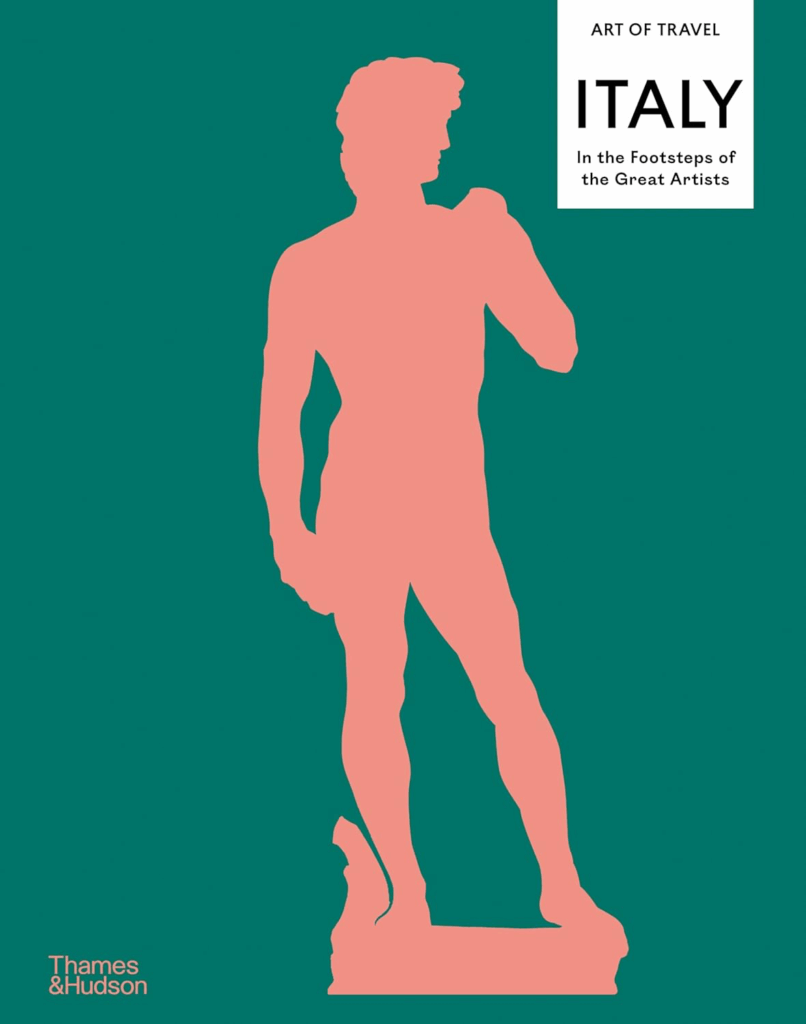
Italy: In the Footsteps of the Great Artists, by Nick Trend (Thames & Hudson): Visitors to Rome this summer were fortunate enough to see a cache of Caravaggios all in one place; inevitably the crowds made it rather difficult to enjoy the art. A better tactic is to seek out great artists’ canvases in their permanent locations, with masterpieces often tucked away in little-visited churches. Three scenes sit in San Luigi dei Francesi, just off the Piazza Navona. If the site is not quite unknown, I’d nonetheless wager that its crowds hardly ever match those thronged at the Palazzo Barberini this summer. Nick Trend’s Italy: In the Footsteps of the Great Artists is a beautiful gazetteer, useful for travelers seeking out the works of their favorite Italian masters across collections and sites. Four hundred fifty illustrations sate the reader who cannot make it to Italy soon. —BR

“Rodin’s Egypt,” at the Institute for the Study of the Ancient World (through March 15): The present-day student of Western art history may be accustomed, quite reasonably, to thinking of Egyptian civilization as not just ancient but also primordial, antediluvian; after all, that great culture was hoary to even the ancient Greeks. But one success of the new exhibition “Rodin’s Egypt,” on view at the Institute for the Study of the Ancient World through March 15, is to remind us how the stream of antiquities that followed Napoleon back from the Nile came as a real shock to European artists of the nineteenth century, like a long-lost relation taking his place at the head of the family table. A joint effort of ISAW and the Rodin Museum in Paris, the exhibition presents objects from the artist’s extensive collection of Egyptian sculpture alongside a selection of his own experimental works, shedding old light on his formal innovations. After seeing Rodin’s Succube (1880) next to an Egyptian model of a sphinx, you won’t look at either the same way. —RE
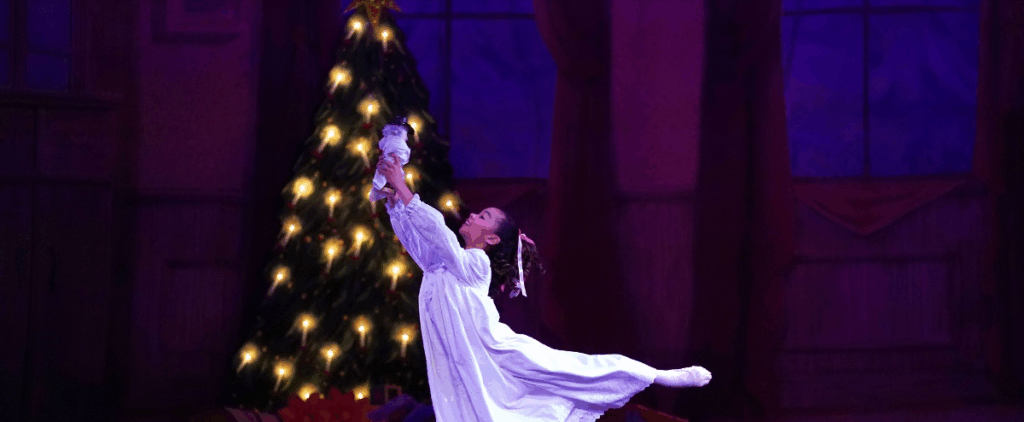
The Yorkville Nutcracker, at the Kaye Playhouse at Hunter College (December 11–14): The Land of Sweets gets gilded in The Yorkville Nutcracker. Now in its twenty-ninth season, this ballet confection by the storied choreographer Francis Patrelle restages Tchaikovsky’s masterpiece in gilded-age New York. With a mid-December run now staged at Hunter College’s Kaye Playhouse, The Yorkville Nutcracker takes audiences from a Christmas Eve party at Gracie Mansion to midnight ice-skating in Central Park to a buffet of sweets at the Bronx Botanical Gardens. City Ballet’s Miriam Miller and Tyler Angle are this year’s Sugar-Plum Fairy and Cavalier. Max Baud and Hayley Clark as the Snow King and Queen and Dance Theatre’s Ethan Wilson as the Snow Prince round out this family-friendly production. —JP
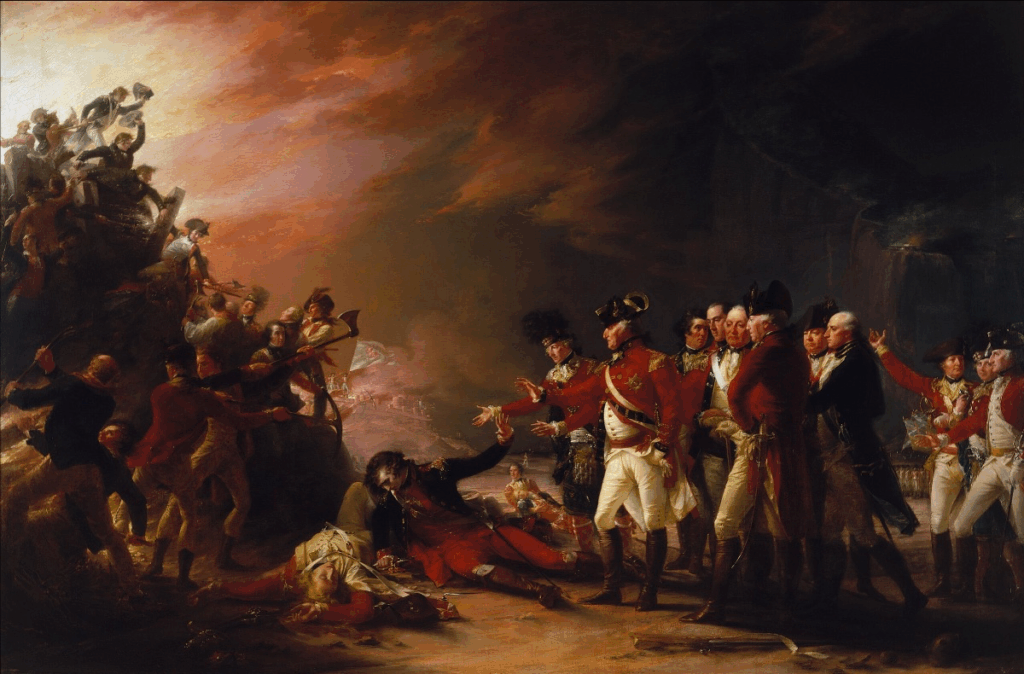
“Viva la revolución: Spain and Revolutionary America,” featuring Marie Arana in conversation with David M. Rubenstein, at the New York Historical Society (November 25): Here’s a trivia question: what was the largest battle of the Revolutionary War? It’s not any of the engagements peppering American history textbooks, but instead the almost completely forgotten Great Siege of Gibraltar (1779–83), the longest siege in British history, which involved some seven thousand British soldiers, heroically (it must be said) holding out against a Franco-Spanish army of sixty-five thousand. While the decisive role of France in the Revolutionary War is well known, much less recognized is the lesser, but nonetheless crucial, Spanish participation. Spain piled into the war in 1779, supplying the Patriot forces with invaluable funds and weapons, occupying the British in the Mediterranean theater, and carrying out supporting operations on the American front, especially in and around Florida. All this and more will be discussed in Tuesday’s talk at the New York Historical Society, where David Rubinstein and Marie Arana, a top historian of Latin America, will discuss Spain’s role in the revolutionary period. —AG
Dispatch:
“On & off the wall,” by Dana Gordon. On “Building Models: The Shape of Painting,” at the Milton Resnick and Pat Passlof Foundation.
By the Editors:
“Demolition Man: Trump is overturning decades of oppressive modernism—and could Make America Beautiful Again”
James Panero, New York Post
“The Catholic Bill Buckley”
Roger Kimball, First Things
From the Archives:
“Love on the couch,” by Jenny Teichman (May 1991). On Love and Its Place in Nature: A Philosophical Interpretation of Freudian Psychoanalysis, by Jonathan Lear

